How I Found the Perfect Alternatives to Heat Tape for Sublimation
Heat tape often causes shifting, marks, or weak hold during sublimation printing. I tested several alternatives like silicone sheets and thermal sprays to fix these issues. This guide shares what worked best to improve results and simplify your workflow.
Heat tape alternatives are heat-resistant spray adhesive, thermal silicone pads, and repositionable adhesive sheets.
These options hold the transfer paper securely without leaving residue or causing shifting. For curved surfaces like mugs, heat-resistant rubber bands or silicone wraps work well, especially in convection ovens or mug presses.
1. Silicone Sheets (Pads)
One of my favorite alternatives to heat tape. These sheets can handle high temperatures and keep everything in place during pressing.
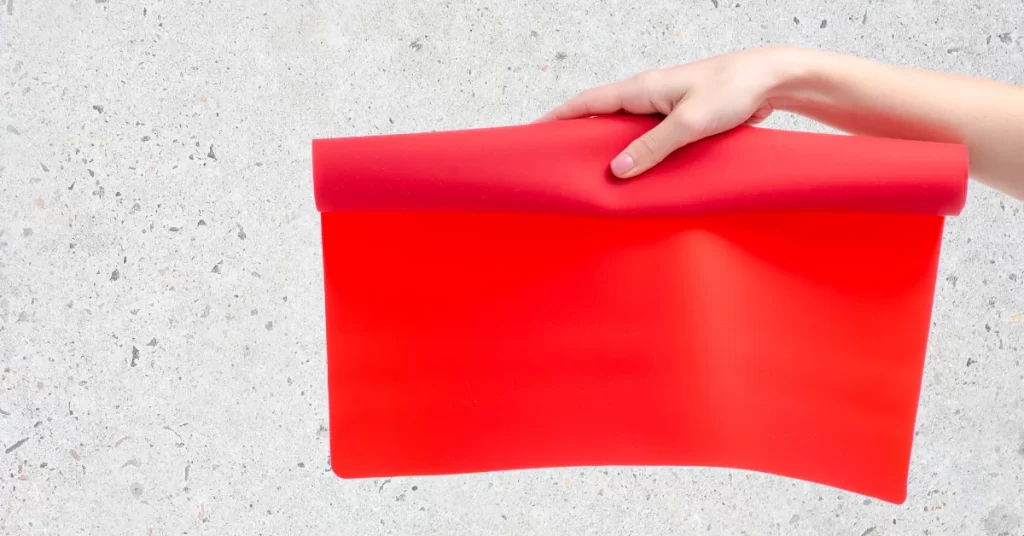
- How to Use: Simply place the silicone sheet over your sublimation transfer. It acts as a barrier, ensuring the transfer doesn’t move.
- Pros: They are reusable, durable, and non-stick. They are a reliable option that you can use multiple times without wear and tear.
- Cons: They can be a bit more expensive upfront than heat tape, but their durability makes them cost-effective in the long run.
TransOurDream Sublimation Sticker Paper – 10 Pack (Glossy Clear)
Rating: ⭐ 4.5 (58+ reviews)
Price: $9.99 – $1.00 per sheet
- Clear, glossy finish with strong adhesive backing
- Waterproof, scratch-resistant, and suitable for indoor/outdoor use
- Requires sublimation ink, printer, and paper
- Ideal for mugs, tumblers, phone cases, and glassware
- Print → Sublimate → Cut – beginner-friendly 3-step process
Affiliate link. We may earn a small commission at no extra cost to you.
The extra cost was worth it because I reduced the number of misprints in my projects.
2. Thermal Adhesive Spray
I came across a fantastic option to ensure the safety of sublimation transfers. Thermal adhesive spray is made to withstand high temperatures, guaranteeing that your transfer stays in place during the heat press process.
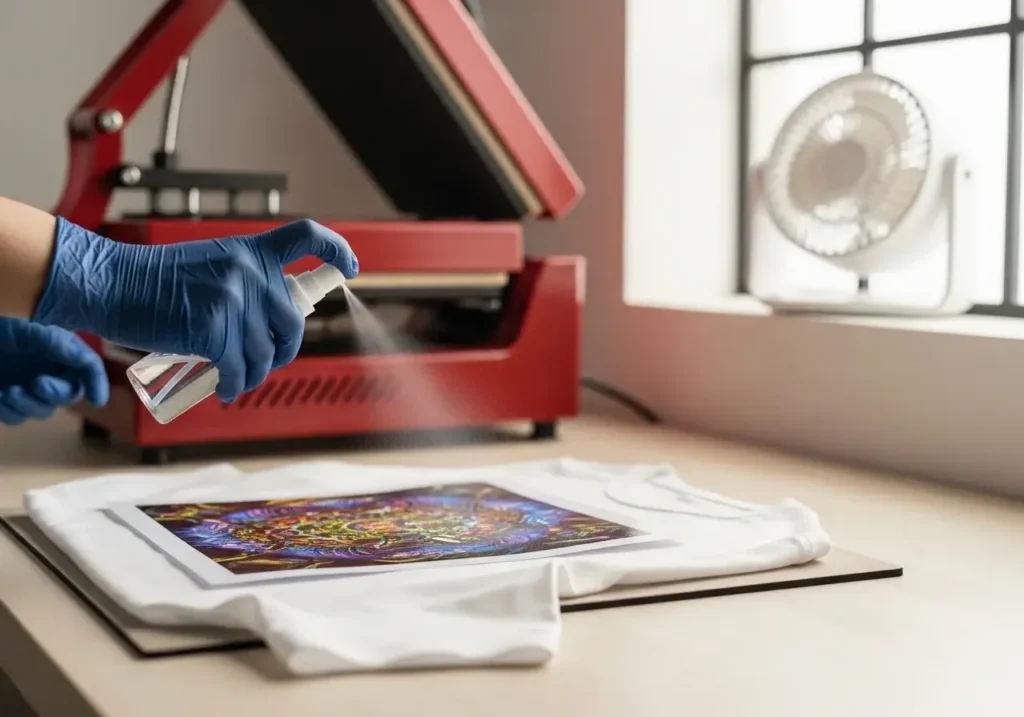
- How to Use: Lightly spray the adhesive on the back of the transfer paper before pressing. Make sure to use it in a well-ventilated area to avoid inhaling fumes.
- Pros: Easy to apply and provides even coverage. It’s particularly useful for larger designs where heat tape might not be sufficient.
- The cons are that it can be messy and require careful handling to avoid overspray. Additionally, due to the fumes, it may need ventilation.
A thermal adhesive spray made my sublimation process quicker and more efficient, especially when working with large or intricate designs.
3. High-Temperature Resistant Clips
Another useful alternative to heat tape is high-temperature resistant clips. Your sublimation transfer can be held in place without shifting, even in high heat.
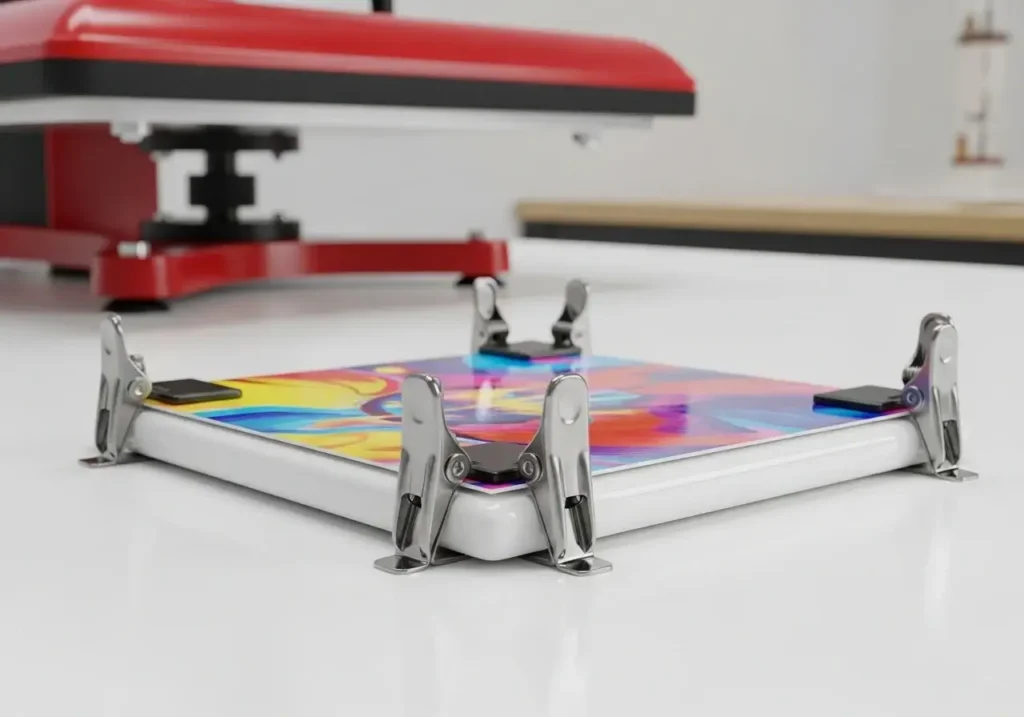
Provided a reliable and hassle-free way to secure transfers that revolutionized smaller, more straightforward projects.
- How to Use: Clip the edges to secure the transfer paper before pressing. Ensure the clips are positioned in areas that won’t interfere with your design.
- Pros: Reusable and easy to apply. They provide a stronghold and are great for consistent results.
- Cons: They may not work well with larger designs or complex shapes, as they might only secure the edges. Also, some clips can be bulky and leave marks if not used carefully.
4. Heat Resistant Tape Alternatives
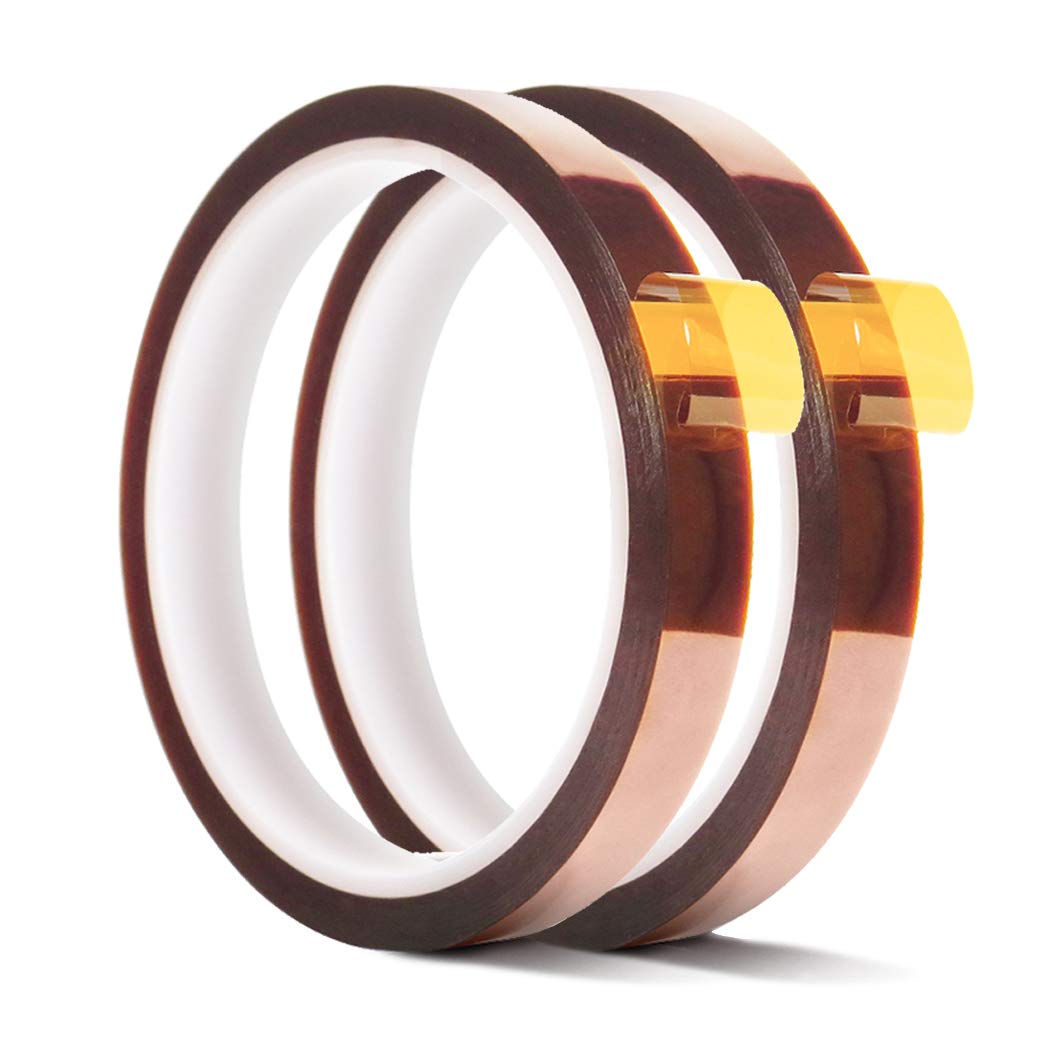
Various heat-resistant tapes, like Kapton tape, can be used as alternatives to traditional heat tape. These tapes are designed to withstand high temperatures and provide a secure hold.
- How to Use: Apply the tape to the edges of your sublimation transfer, just as regular heat tape. Ensure that the tape is firmly pressed to prevent movement during pressing.
- Pros: They are readily available and effective. They provide a strong hold and can be used for various sizes and shapes transfers.
- Cons: To prevent any issues, it’s important to choose a tape that’s specifically designed for high temperatures to avoid any residue on your transfer or heat press.
Provided a reliable solution for many of my sublimation projects, especially when traditional heat tape falls short. Check here for experienced with i use product on amazon.
EQUTY BAYMERS Heat Tape – 2 Rolls (10mm x 33m)
Rating: ⭐ 4.7 (30,000+ reviews) – Amazon’s Choice
Price: $6.99 $7.99 – 13% Off
- Withstands heat up to 482°F (250°C)
- No residue, clean removal after pressing
- Perfect for sublimation and HTV applications
- 33 meters long, 10mm wide – 2 rolls per pack
- Also useful for electronics and soldering work
Affiliate link. We may earn a small commission at no extra cost to you.
5. Magnetic Sheets
A unique and effective way to secure sublimation transfers. These sheets can hold the transfer paper firmly in place without needing tape or adhesive.
- How to Use: Place the magnetic sheet over your sublimation transfer, ensuring it covers the entire area to be pressed. The magnetic force will keep the transfer paper from shifting.
- Pros: They are reusable, provide a strong and uniform hold, and eliminate the risk of residue or marks. They are particularly useful for flat, rigid surfaces.
- Cons: Magnetic sheets can be heavy and unsuitable for all heat presses. They also require careful handling to ensure they don’t interfere with the design.
Stone City Printable Magnetic Sheets – 8.5×11” (Pack of 5)
Rating: ⭐ 4.5 (2,100+ reviews)
Price: $8.99 – $1.80 per sheet
- Printable matte surface – compatible with most inkjet printers
- Vivid color output with dye ink only
- Flexible magnetic back holds securely to iron surfaces
- Perfect for fridge magnets, photo cards, and DIY crafts
- Easy to cut with scissors or electronic cutter
Affiliate link. We may earn a small commission at no extra cost to you.
For my sublimation projects, magnetic sheets are a reliable alternative, particularly when working with flat materials like metal panels or ceramic tiles. Their consistent hold makes the pressing process smoother and more efficient.
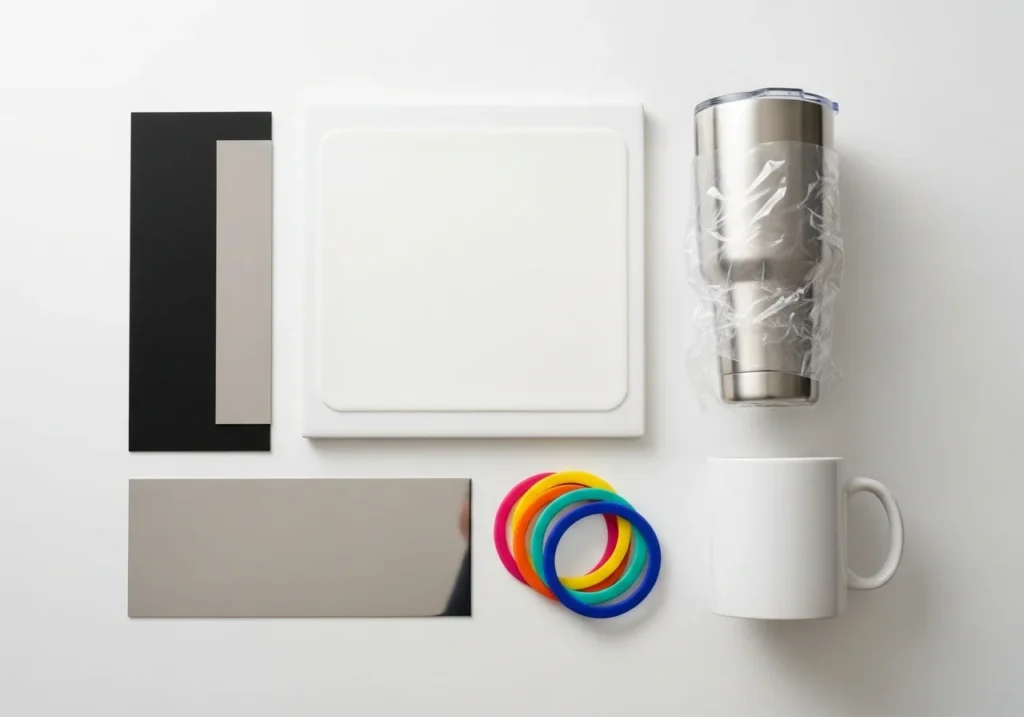
6. Silicone Rubber Bands
Perfect for cylindrical surfaces like mugs or tumblers. Silicone rubber bands offer a tight grip during the heat press or oven cycle.
- How to Use: Wrap the rubber band around the sublimation paper after aligning it on the blank. Ensure it’s snug to prevent shifting.
- Pros: Ideal for rounded objects, cost-effective, and reusable. They apply uniform pressure without damaging the surface.
- Cons: Limited to smaller items like mugs or shot glasses. Not suitable for flat surfaces.
These bands have helped me get consistent results in mug sublimation without scorching or ghosting.
7. Sublimation Wraps (Shrink Sleeves)
Shrink wraps or sublimation sleeves are widely used in convection ovens for 3D items. Once heated, they shrink around the item, locking the design in place.
- How to Use: Place the wrap over your blank with the transfer in position. Use a heat gun or oven to shrink it evenly.
- Pros: Ensures full surface contact. Excellent for irregular or curved shapes like tumblers, bottles, or plates.
- Cons: Single-use and require extra tools like a heat gun. Not suitable for flat items.
Sublimation wraps gave me flawless transfers on tapered tumblers and saved time on alignment.
Thermal Gloves for Placement Control
Why It Matters: While not a direct substitute, heat-resistant gloves allow precise manual placement and repositioning under heat.
Use Case: Useful for removing ghosted transfers, repositioning wraps, or ensuring tape-free alignment.
Heat Tape vs. All Alternatives
| Alternative | Reusable | Leaves Residue | Best For | Limitations |
|---|---|---|---|---|
| Silicone Sheets | ✅ | ❌ | Flat items | Price |
| Thermal Spray | ❌ | ⚠️ | Large designs | Fumes |
| Silicone Bands | ✅ | ❌ | Round items | Only curved |
| Magnetic Sheets | ✅ | ❌ | Flat rigid blanks | Weight |
| Shrink Sleeves | ❌ | ❌ | Ovens | One-time use |
| High-Temp Clips | ✅ | ❌ | Small jobs | May leave indent |
Heat Tape Versus Heating Cable
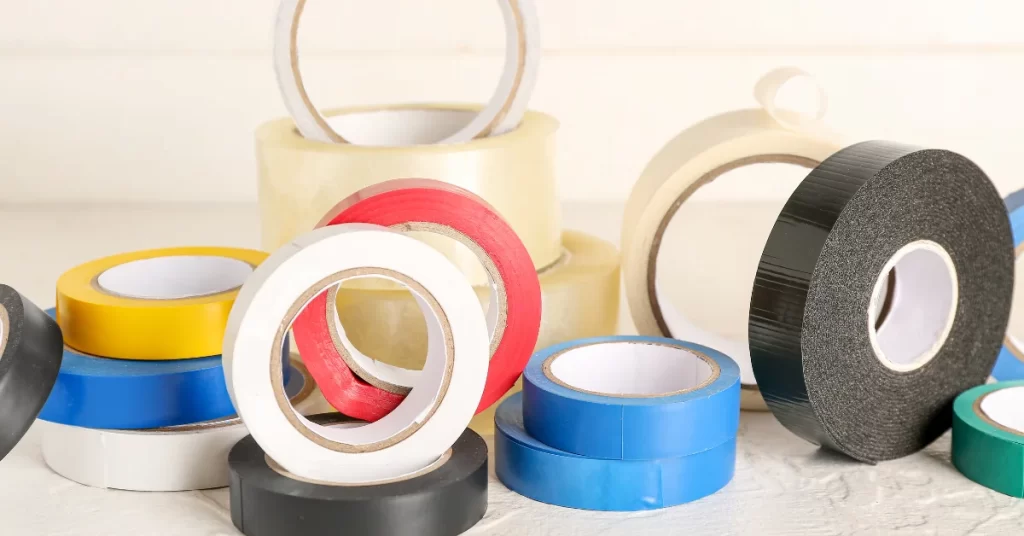
Heat tape and heating cable are two common choices when considering options for maintaining the right temperature in sublimation printing or other applications. Both have their unique advantages and uses. Here’s a comparison to help you decide which might suit your needs.
Heat Tape
- Description: Heat tape is an adhesive tape that heats up when powered. It’s often used to prevent pipes from freezing or to maintain temperature in various applications.
- Advantages:
- Ease of Use: Simply apply it where needed and secure it with its adhesive backing.
- Flexible Application: It can be used on irregular surfaces and is easily cut to size.
- Widely Available: Readily available at most hardware stores and online.
- Disadvantages:
- Surface Limitations: Best suited for flat, even surfaces. May not adhere well to rough or uneven areas.
- Potential Residue: It can leave adhesive residue behind, which might require cleaning.
Heating Cable
- Description: A heating cable is a long, flexible wire that heats up when electricity flows through it. It is used in various heating applications, including pipe insulation and frost prevention.
- Advantages:
- Versatility: Can be wrapped around various shapes and surfaces, providing consistent heat coverage.
- Durable: Generally more durable and resistant to damage compared to heat tape.
- Control: Often comes with a built-in thermostat or can be connected to one, allowing for more precise temperature control.
- Disadvantages:
- Installation Complexity: Installation can be more involved compared to heat tape, as it may require wrapping or securing with additional materials.
- Cost: Typically more expensive than heat tape, both in the initial purchase and installation.
Heat Tape vs. Heating Cable Comparison
|
Feature |
Heat Tape |
Heating Cable |
|---|---|---|
|
Description |
Adhesive tape that heats up when powered. Ideal for flat surfaces. |
Flexible wire that heats up when powered. Suitable for wrapping. |
|
Ease of Use |
Easy to apply with adhesive backing. |
More complex installation; may require securing materials. |
|
Application |
Best for flat, even surfaces; less effective on rough or uneven areas. |
Versatile; wraps around various shapes and surfaces. |
|
Durability |
Less durable; may wear down over time. |
More durable and resistant to damage. |
|
Control |
Minimal control options; often lacks thermostats. |
Often includes or supports thermostats for precise control. |
|
Residue |
May leave adhesive residue requiring cleanup. |
No adhesive, so residue isn’t an issue. |
|
Cost |
Lower initial cost; generally more affordable. |
Higher cost for both purchase and installation. |
|
Availability |
Widely available in hardware stores and online. |
Available but less common than heat tape. |
alternatives to heat tape for sublimation tumblers
When choosing, remember to think about the shape and size of your tumbler, the type of transfer paper you’re using, and your personal preferences. It’s important to choose the option that fits your needs because each one has its own advantages and disadvantages.

We are going to discuss five options for sublimation tumblers:
- High-Temperature Masking Tape: Designed to withstand high temperatures without melting or leaving residue. It’s readily available and can be a cost-effective option.
- Reusable Silicone Strips: Heat-resistant, non-stick, and can be reused multiple times. They’re easy to apply and remove, making them a convenient option.
- Magnetic Clamps: Magnets can be used to secure the transfer paper in place, especially for cylindrical items such as tumblers and mugs.
- Heat-Resistant Foam or Felt Pads: Used to apply pressure and hold the transfer paper in place, especially for flat surfaces.
- Polyester or Polyimide Tapes: Effective heat-resistant options that don’t melt or leave residue. They’re particularly suited for sublimation processes.
Extra tips:
- Ensure the alternative is heat-resistant: It should be able to withstand the high temperatures of the sublimation process without melting, burning, or leaving residue.
- Consider the shape of the tumbler: For cylindrical tumblers, options like silicone strips or magnetic clamps might be more suitable than flat tapes or pads.
- Test the alternative before using it on a final product: This will help you ensure it provides a clean and precise image transfer without damaging the tumbler or leaving residue.
Remember, the best alternative to heat tape is the one that works best for you and your specific sublimation projects. Don’t be afraid to experiment with different options to find the one you prefer.
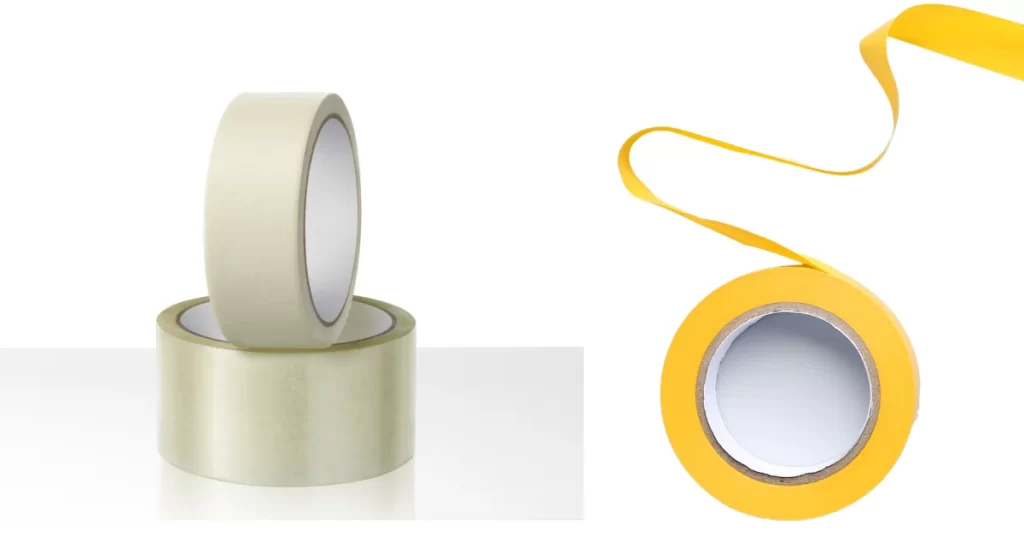
Check out here more about Sublimation vs Heat Transfer:What’s the Difference?
FAQs
🚀 Elevate Your Printing Game
Professional printing resources for stunning results
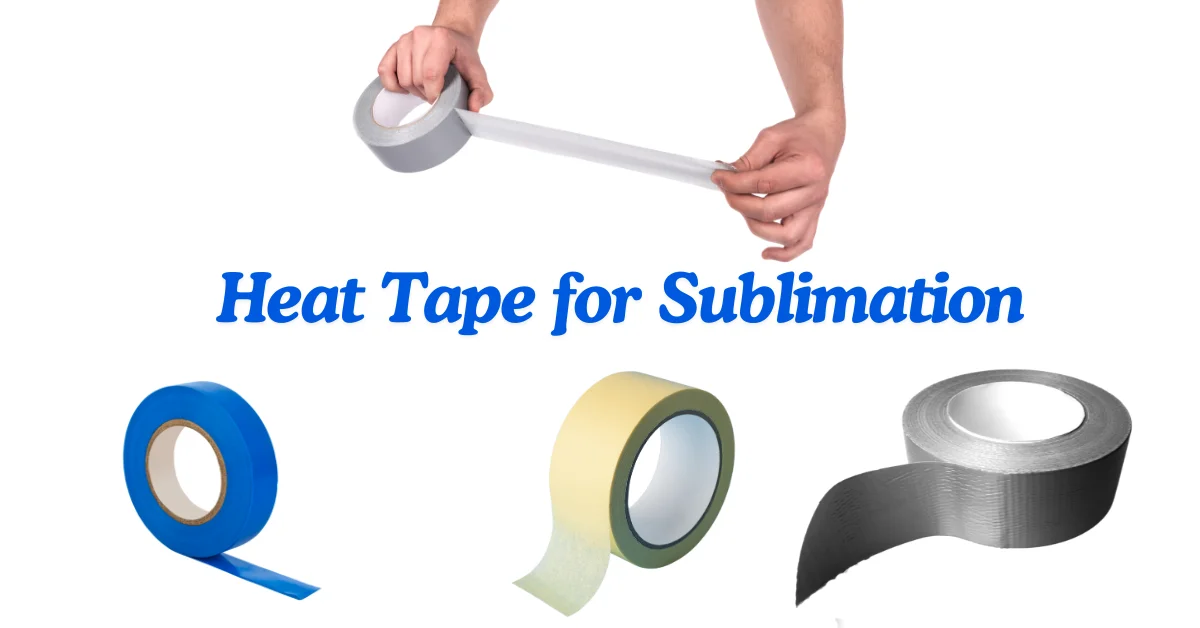



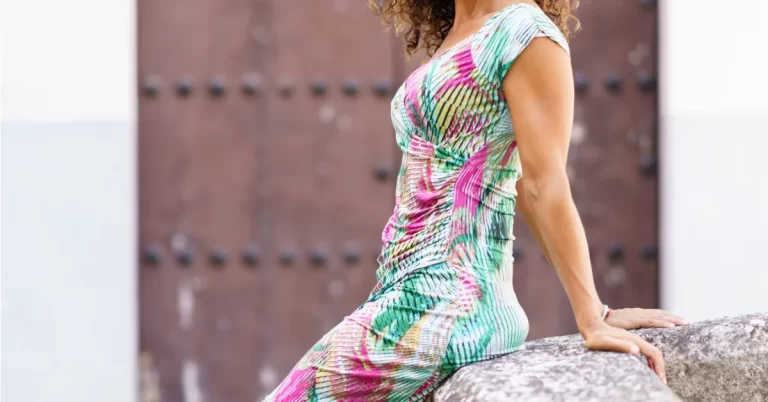

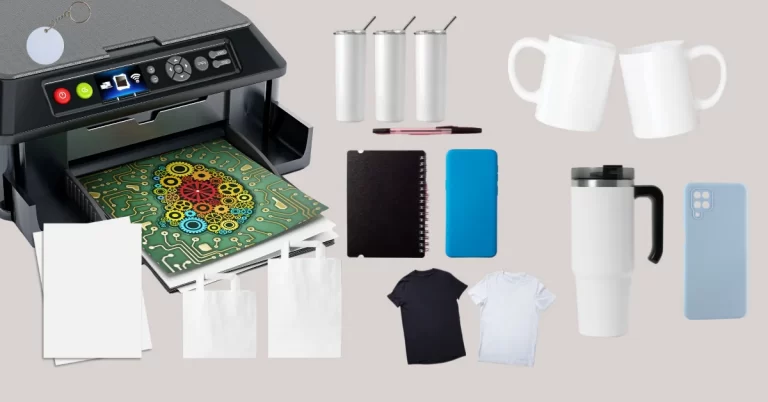


4 Comments